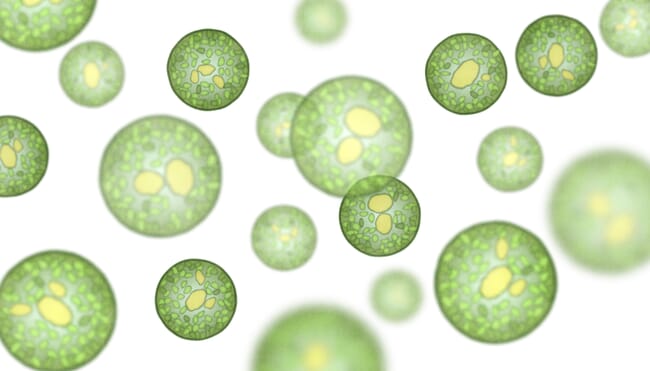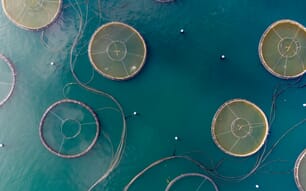
Those with the highest absorption rates could not only reduce eutrophication of water bodies but also be used a biofertilisers.
The chemical fertilisers widely used in the agricultural industry are not all absorbed by plants, leading to excess nitrates and phosphates being washed into water bodies when it rains. This then encourages algae to grow, which can cause other plant life to die, due to a lack of sunlight and oxygen.
The new research, published in the Chemical Engineering Journal and led by the University’s Department of Chemical and Biological Engineering’s Dr Seetharaman Vaidyanathan, found that different strains of algae from a similar habitat can absorb varying amounts of phosphates and nitrates. These nutrients could be removed and reused as biofertiliser, preventing the algae from growing in water bodies.
The difference in how much different strains of algae from a similar habitat can absorb is largely linked to factors such as the supply of carbon dioxide and nitrates and phosphates themselves, though this also varies between the different strains of algae.
The algae also has the benefit of drawing carbon dioxide from the atmosphere and capturing it, which is increasingly important in light of the UK’s goal of achieving net zero carbon emissions by 2050.
It’s hoped in the future that the data on how and why the algae absorb different amounts of these nutrients can be used to establish sustainable biomanufacturing routes that include the use of carbon capture via algae. And the researchers are currently in talks with SMEs, in a bid to commercialise their findings.
As Dr Vaidyanathan said in a press release: “The article provides evidence of how carbon, nitrogen and phosphorus supply regimes can differentially influence uptake of these elements, even in microalgae from a similar habitat, suggesting considerable scope in the development of processes for abstracting these elements effectively from waste streams using microalgae to prevent algal blooms and address development of sustainable alternatives to fertilisers for use in agriculture.”
Reference (open access)
Faqih Shuhaili et al, Nitrate and phosphate uptake dynamics in two halotolerant strains of Chlorella vulgaris is differentially influenced by carbon, nitrogen and phosphorus supply, Chemical Engineering Journal (2023). DOI: 10.1016/j.cej.2023.141433




